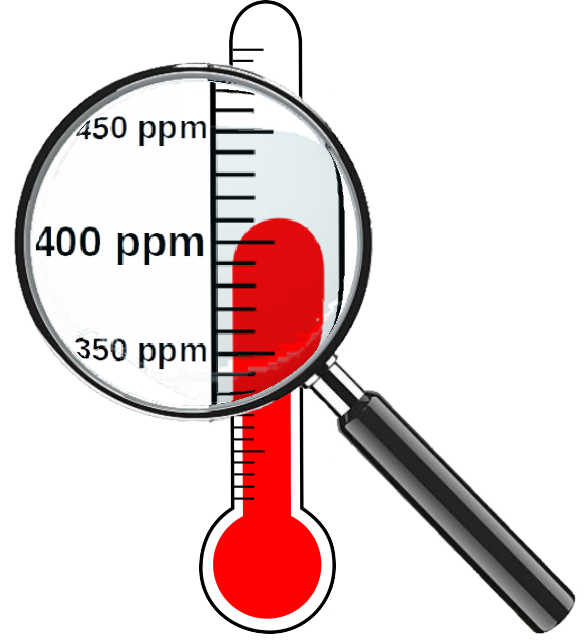The earth is warming up, and climate is changing. However, not everywhere to the same degree. Global climate change therefore has very different regional characteristics and impacts.
Many people are now facing a veritable flood of information about climate change, and it is not always easy to identify the information that is relevant to oneself. The Climate Inspector aims to provide a remedy here. The simply designed tool enables its users to find out in just a few clicks about the very concrete consequences of climate change at a specific location in the Upper Rhine Trinational Metropolitan Region. The tool combines data from regional, high-resolution climate projections with sector-specific climate risks and adaptation measures.
Using the Climate Inspector, you can get an overview of the effects of climate change in your home town in the Upper Rhine region in just a few clicks. Data on the development of important climatic parameters (summer days, tropical nights, frost days, heavy rain, winter precipitation, summer precipitation) can be interactively retrieved and displayed. Climate data are available for two scenarios ("climate protection scenario" / RCP4.5 and "businenss-as-usual-scenario" / RCP8.5) and three time horizons (near future = 2021-2050, medium future = 2041-2070 and far future = 2071-2100).
The tool is basically made up of the following functions:
- The climate maps refer to the selected parameter and time frame and show the projected change signals compared to the 1971-2000 period. Clicking in the map displays the change signal of the selected parameter at the chosen location. A short explanatory text helps to interpret the climate data.
- Reference values from 14 weather stations in the region allow comparison with the climate during the period 1971-2000, which is considered "normal" by most people. The reference values are helpful to estimate the amount of change of the selected parameter. As the climate values depend on the sea level, not only the nearest climate station is shown, but also a station in similar height.
- Sector-specific risks of climate change and their impact on various business sectors are displayed specifically for companies. This information enables an assessment of the specific impacts of climate change at an individual location and for different sectors. The risks are assigned to different climatic stressors such as heat or heavy rain.
- Additionally, sector-specific adaptation measures can be displayed. These are also associated with individual climatic stressors. They serve to minimize climate risks and to identify and implement adaptation measures at an early stage.
In the Climate Inspector climatic data with a resolution of approx. 12*12km were mapped. The data were provided by the German Weather Service DWD and come from the EURO-CORDEX initiative. The time of the model runs was November 2016. The underlying data represent the mean values of an ensemble of 16 climate models that have simulated the future climate of the Upper Rhine region. Despite the wide range of the projected data, certain trends can be predicted with high probability. The most important climatic trends of the Upper Rhine region are covered by the 6 evaluated climatic parameters.
The basis for the climate impacts and adaptation measures is the analysis of over 200 interviews conducted with regional companies in the framework of the Interreg projects Clim'Ability (2016-2019) and Clim'Ability Design (2019-2022).
